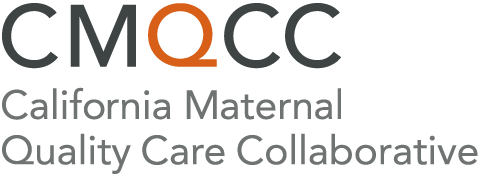Cesarean sections are the most frequent hospital surgery in the United States. Although there are many instances when c-sections are the safest choice, far too many are performed for non-medically indicated reasons.
Statistics:
According to the CDC, the number of cesarean sections in the United States increased by 60 percent between 1996-2009, with no demonstrable improved outcomes for moms or babies. The overuse of this major surgical procedure has significant social, economic and health costs, including:
- higher rates of maternal complications and longer recovery times
- higher rates of NICU admissions
- increased barriers to the mother-infant breastfeeding relationship
One of the major contributors in the overuse of cesarean sections is among low-risk, first-time mothers. Once a woman has her first c-section, the successful rate of VBAC (vaginal birth after cesarean section) is approximately 8 percent.
In order to help clinicians measure the number of low-risk, first-time mothers having a cesarean section, CMQCC developed the Nulliparous, Term, Singleton, Vertex (NTSV) Cesarean Birth Rate quality metric. Data from the California Maternal Data Center demonstrates that there are large variations among the NTSV rates across California hospitals -– from 11% to as high as 77% -- indicating substantial improvement opportunities.
Tools:
CMQCC is committed to helping hospitals improve labor management and lower their low-risk, first-time birth cesarean rates.
In 2016, CMQCC published the Toolkit to Support Vaginal Birth and Reduce Primary Cesareans, as well as The Implementation Guide to help hospitals put the recommendations from the evidence-based toolkit into practice. CMQCC also led multiple outreach collaboratives across hospitals in California to help them lower their NTSV rates.
Thanks to generous funding by the Yellow Chair Foundation, CMQCC has developed HUDLS: Hands-On Understanding and Demonstration of Labor Support. HUDLS is our online education platform for L&D staff who want to refresh or learn new evidence-based labor support skills. HUDLS online didactic lessons all cover current evidence-based labor support skills and are designed to take 15 minutes or less. For hospital trainers, we also have a lesson plan, teaching script, and instructional video demonstrating how to present the lesson concepts in a hands-on bedside huddle to reinforce learnings. Up to 5 contact hours accepted by the California Board of Registered Nurses are available to CMQCC members through HUDLS.
HUDLS is available to all CMQCC member hospitals through your Accounts login.
